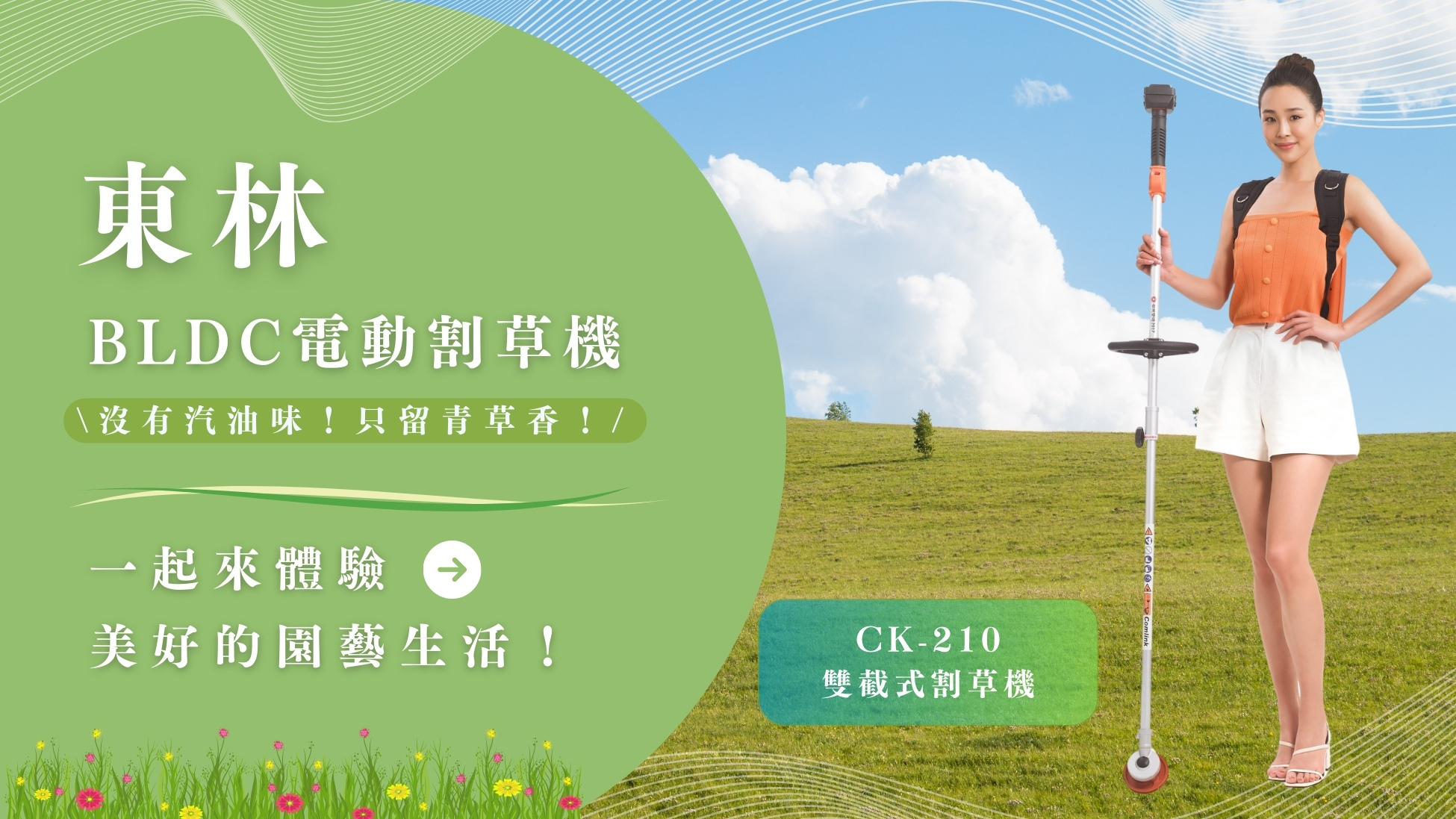close
1.internaitonal market is defined as those which involved international suppliers.
The extreme case of international business is the global market, in which customers are free to buy in any geographic location they like and prices for the same product are equalized worldwide.
2.globalization is the shift towards more integrated and interdependent world economy.
two drivers: decling trade barries / technological changing
3.'internationalization' is the term commonly used to describe businesses going international by crossing internaional boundaries.
4.economic differences between countries are:
-resource: land- nature resource / labor- human resource / capital- financial resource
-nature of financial markets (including currency)
-kind of economy (market/command/mixed)
5.political differences between countries:
-political stability
-democracy & totalitaranism
-collectivism & individualism
6.legal differences between countries:
-legal system
-property rights
-protection of intellectual property
-product safety and liability
7.'culture' may view as a system of values and norms that are shared amoung a group of people and that, when taken together consititute A design of living.
9.a country has absolute advantage in production of goods(products) when it can do cheaply (efficiently) than other countries. A country should specilize in goods which they can produce more efficiently.
'mercantilism' - a country should export more and import less to win the best interests. trade is zero sum game.
10.'comparative advantage': a country specialize in the production of those goods which it can produce more efficiently and buy goods it produce less efficiently from other countries even if the country could produce both products more cheaply than the other countries.
Ricardo stresses that comparative advantage arises from differences in productivity between countries.
H-O theory suggests that differences in international trade patterns are determined by differences in relative factors of endowments(land, labor, capital) rather than differences in productivity.
11. Porter's diamond:
firms strategy, structure, rivalry
factor of endowments demand conditions
(factor conditions)
related and supporting industries
4 stages:
factor-driven --> investment-driven --> innovation-driven --> wealth-driven
14. tariff is a tax leived on import, making import more expensive.
winners: domestic producers, government
losers: customers
15. economy reasons that government intervention in international trade:
-infant industry argument
-strategic trade policy: 1)aimed at a domestic firm/firms get first-mover advantage.
2)aimed at a domestic firm/firms overcome the barries created by firms that have already reapted first-mover advantage.
16. political reasons:
-protecting jobs, industries, consumers from foreign competition, products etc.
-national security
-retaliation
幹,考簡答,我好焦慮。
The extreme case of international business is the global market, in which customers are free to buy in any geographic location they like and prices for the same product are equalized worldwide.
2.globalization is the shift towards more integrated and interdependent world economy.
two drivers: decling trade barries / technological changing
3.'internationalization' is the term commonly used to describe businesses going international by crossing internaional boundaries.
4.economic differences between countries are:
-resource: land- nature resource / labor- human resource / capital- financial resource
-nature of financial markets (including currency)
-kind of economy (market/command/mixed)
5.political differences between countries:
-political stability
-democracy & totalitaranism
-collectivism & individualism
6.legal differences between countries:
-legal system
-property rights
-protection of intellectual property
-product safety and liability
7.'culture' may view as a system of values and norms that are shared amoung a group of people and that, when taken together consititute A design of living.
9.a country has absolute advantage in production of goods(products) when it can do cheaply (efficiently) than other countries. A country should specilize in goods which they can produce more efficiently.
'mercantilism' - a country should export more and import less to win the best interests. trade is zero sum game.
10.'comparative advantage': a country specialize in the production of those goods which it can produce more efficiently and buy goods it produce less efficiently from other countries even if the country could produce both products more cheaply than the other countries.
Ricardo stresses that comparative advantage arises from differences in productivity between countries.
H-O theory suggests that differences in international trade patterns are determined by differences in relative factors of endowments(land, labor, capital) rather than differences in productivity.
11. Porter's diamond:
firms strategy, structure, rivalry
factor of endowments demand conditions
(factor conditions)
related and supporting industries
4 stages:
factor-driven --> investment-driven --> innovation-driven --> wealth-driven
14. tariff is a tax leived on import, making import more expensive.
winners: domestic producers, government
losers: customers
15. economy reasons that government intervention in international trade:
-infant industry argument
-strategic trade policy: 1)aimed at a domestic firm/firms get first-mover advantage.
2)aimed at a domestic firm/firms overcome the barries created by firms that have already reapted first-mover advantage.
16. political reasons:
-protecting jobs, industries, consumers from foreign competition, products etc.
-national security
-retaliation
幹,考簡答,我好焦慮。
全站熱搜


 留言列表
留言列表


